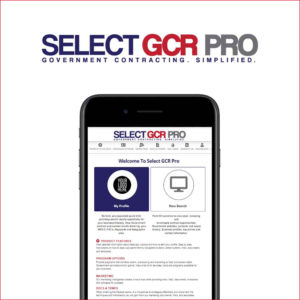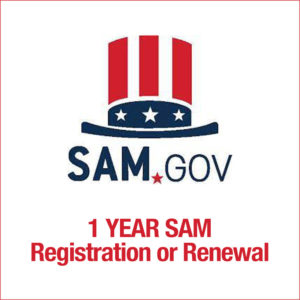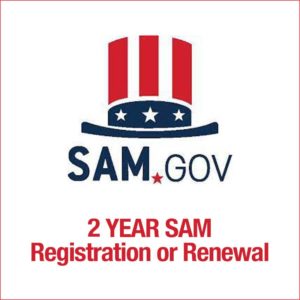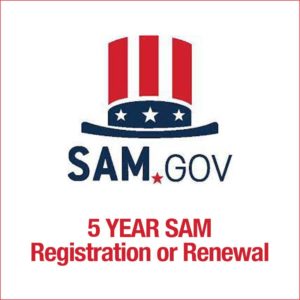Moreover, the 8(a) program extends far beyond contract access. It offers a comprehensive support system, including mentorship from experienced firms, specialized business development training, and networking opportunities with government agencies and prime contractors. This tailored assistance aims to enhance the capabilities and competitiveness of participating businesses. Additionally, the program facilitates access to capital, simplifies the GSA Schedule acquisition process, and allows for joint ventures, empowering small businesses to scale, prosper, and ultimately graduate from the program as thriving entities positioned for continued success in the broader market.
Last year, the SBA changed their application process. Instead of presuming your social disadvantage due to being a member of specific groups, the SBA expects a written narrative explaining the specific instance(s) in which qualifies your business for the program. The narrative must prove social disadvantage in regard to race, religion, ethnic origin, gender, sexual orientation, identifiable disability, or isolation from American society.

What is a narrative?
A narrative is a structured account or story that describes a series of events or experiences. It serves as a way to convey information, entertain, or communicate a message. Narratives typically include elements such as characters, settings, plot, conflict, and resolution. They can take various forms, including written or spoken stories, films, plays, or any other medium that conveys a sequence of events.
Narratives are essential in human communication and have been used throughout history to share cultural traditions, pass down knowledge, and entertain. They often follow a chronological order, but non-linear narratives, where events are presented out of sequence, are also common.
In literature and storytelling, narratives may be categorized into different genres such as fiction, non-fiction, fantasy, science fiction, mystery, and more. The structure and style of a narrative can vary widely depending on the author’s intent and the medium through which it is presented.

What is social disadvantage?
Social disadvantage refers to a condition in which individuals or groups face obstacles and limitations in various aspects of their lives due to factors such as economic, educational, or cultural disparities. This disadvantage can manifest in different ways and affect people’s opportunities, well-being, and overall quality of life. The SBA expects this narrative to prove your social disadvantage based on specific instances of economic hardship and denied opportunities.
Demonstrating social disadvantage based on race, religion, ethnic origin, gender, sexual orientation, identifiable disability or an isolated background in a narrative typically involves providing a detailed account of the challenges, obstacles, and systemic barriers that you or your business have faced due to your ethnic background.
Use the following guidelines to write an award-winning narrative.
Tell Your Personal Story
Begin by sharing your personal background. Provide details about your upbringing, family history, and any unique challenges you have faced due to your social disadvantage. Personalize the narrative to give the reader a comprehensive understanding of your journey.
Consider crafting a narrative centered around your personal experiences with social and economic disadvantage resulting from racial or ethnic factors. When the reader explores these aspects of your life, they will have valuable insights into the challenges you’ve faced and the resilience you’ve demonstrated.
Describe Educational and Professional Challenges
Delve into the impact of systemic barriers on your educational and professional pursuits and how these factors may have influenced your access to opportunities. Discuss specific instances where your social disadvantage may have posed challenges in educational settings or the workplace. Give details, names, and times to further prove your disadvantage.
Highlight Economic Disadvantages
Emphasize any economic hardships or disadvantages your family has experienced. Discuss the impact of these challenges on your ability to start or grow a business. Include specifics about limited access to financial resources, networks, or opportunities.
Discuss Discrimination and Bias
Provide examples of discrimination or bias you’ve encountered in business interactions. Whether it’s in securing contracts, obtaining funding, or networking, detailing instances of discrimination helps strengthen your case for social disadvantage. Once again, use names, times, and paint vividly detailed pictures of the instances you write about. The more information you add, the more credible and believable your story becomes.
Address Systemic Barriers
Explore any systemic barriers that exist within your industry or the broader business environment. This could include factors such as limited access to mentorship, exclusion from networking opportunities, or other structural inequalities that affect your business. This can be on a broader scale and not limited to one specific instance.
Show Impact on Business Opportunities
Clearly articulating the impact of social disadvantages on your business opportunities is crucial for gaining a comprehensive understanding of the hurdles you’ve encountered. Share specific instances where these challenges have hindered your ability to compete fairly in the marketplace or secure contracts. Illuminate the ways in which systemic barriers, rooted in racial or ethnic factors, have affected your access to resources, networks, and opportunities.
By detailing these experiences, you not only provide context to your journey but also underscore the need for addressing disparities in the business world. This narrative not only serves as a documentation of your struggles but also as a compelling advocacy tool, shedding light on the importance of fostering a more inclusive and equitable business environment.
Provide Supporting Documentation
Where possible, fortify your narrative with supporting documentation, such as testimonials, letters of recommendation, or relevant data that corroborates the challenges you’ve outlined. These tangible pieces of evidence not only add credibility to your story but also provide a more comprehensive perspective for those who may not be familiar with your experiences.
Testimonials from colleagues, mentors, or industry professionals can offer insights into the impact of systemic obstacles on your business endeavors. Additionally, letters of recommendation may highlight your skills and qualifications while addressing the specific barriers you’ve faced. Statistical data or market analyses can further underscore the disparities you’ve encountered in your business journey. By incorporating this supporting documentation, you enhance the authenticity of your narrative.
Remember to tailor your narrative to the specific context in which you are presenting it, ensuring it aligns with the criteria outlined in the guidelines of the 8(a) program. Additionally, be honest, authentic, and compelling in your storytelling to effectively convey the impact of social disadvantage on your business journey. Our processing team is able to help guide you through creating your personal narrative.






